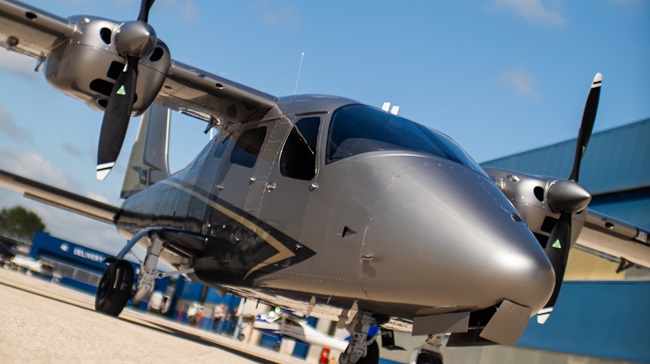Rule revision would expand LSA trainer options
The FAA has proposed a rule revision to allow the use of experimental light sport aircraft in flight training for compensation or hire and is accepting public comments on the plan until Nov. 23.
The proposed rule, intended to provide better access to aircraft for sport pilot and ultralight training, would revise regulatory language from 2004 that prohibited the use of E-LSAs for flight training for compensation or hire after Jan. 31, 2010.
“Experimental light sport aircraft are good training aircraft for light sport aircraft and ultralight vehicles because they are typically low-mass/high-drag aircraft and have a second seat, which can be occupied by an FAA certificated flight instructor,” the proposal notes. Using the aircraft “provides an avenue for structured flight instruction from an FAA certificated flight instructor.”
The FAA explained that the 2010 cutoff for using the aircraft for training for compensation or hire was written into the 2004 rule establishing the light sport aircraft category. Before the rule, the FAA had issued exemptions for the use of airplanes that did not meet Part 103 (ultralight) requirements for flight training. The FAA noted that “a significant purpose of the rule was to certificate those two-seat ‘fat-ultralights’ previously operated under part 103 training exemptions and those two-seat and single-seat unregistered ‘fat-ultralight’ aircraft operating outside of the regulations.”
The FAA said it had expected that special light sport aircraft (S-LSA) manufactured as ready-to-fly aircraft “would replace the former ‘fat ultralights’ (newly certificated as E-LSA) such that flight training in E-LSA would no longer be necessary,” and the agency allowed what it then considered an adequate extension of time to 2010 in expectation that enough S-LSAs would be manufactured.
Now, “while the FAA does not see a risk-based need to expand the training requirements for light sport aircraft or ultralights, it does not want to impede individuals who wish to take advantage of flight training that is relevant to the type of aircraft they operate,” the proposal notes. “Additionally, the FAA would like to facilitate the availability of training aircraft for new light sport pilots or existing pilots who are transitioning to a low-mass/high-drag aircraft from conventional aircraft.”
Comments may be submitted by Nov. 23, citing Docket No. FAA-2018-0926 online or by mail to Docket Operations, M-30; U.S. Department of Transportation, 1200 New Jersey Avenue SE, Room W12-140, West Building Ground Floor, Washington, DC 20590-0001.



